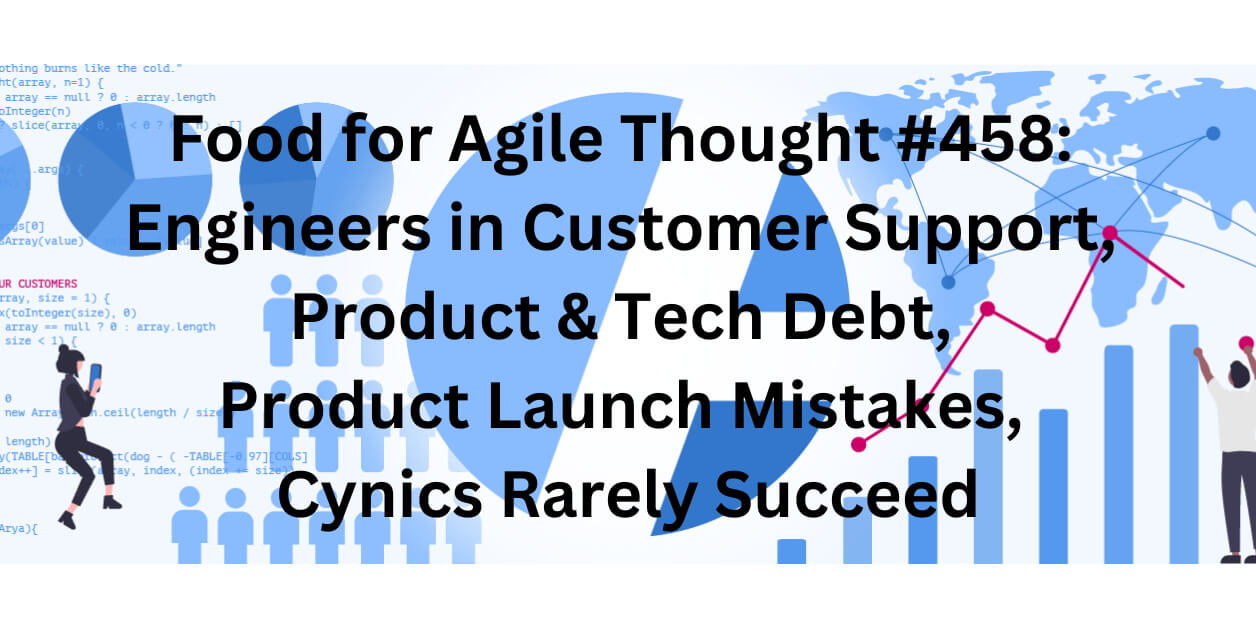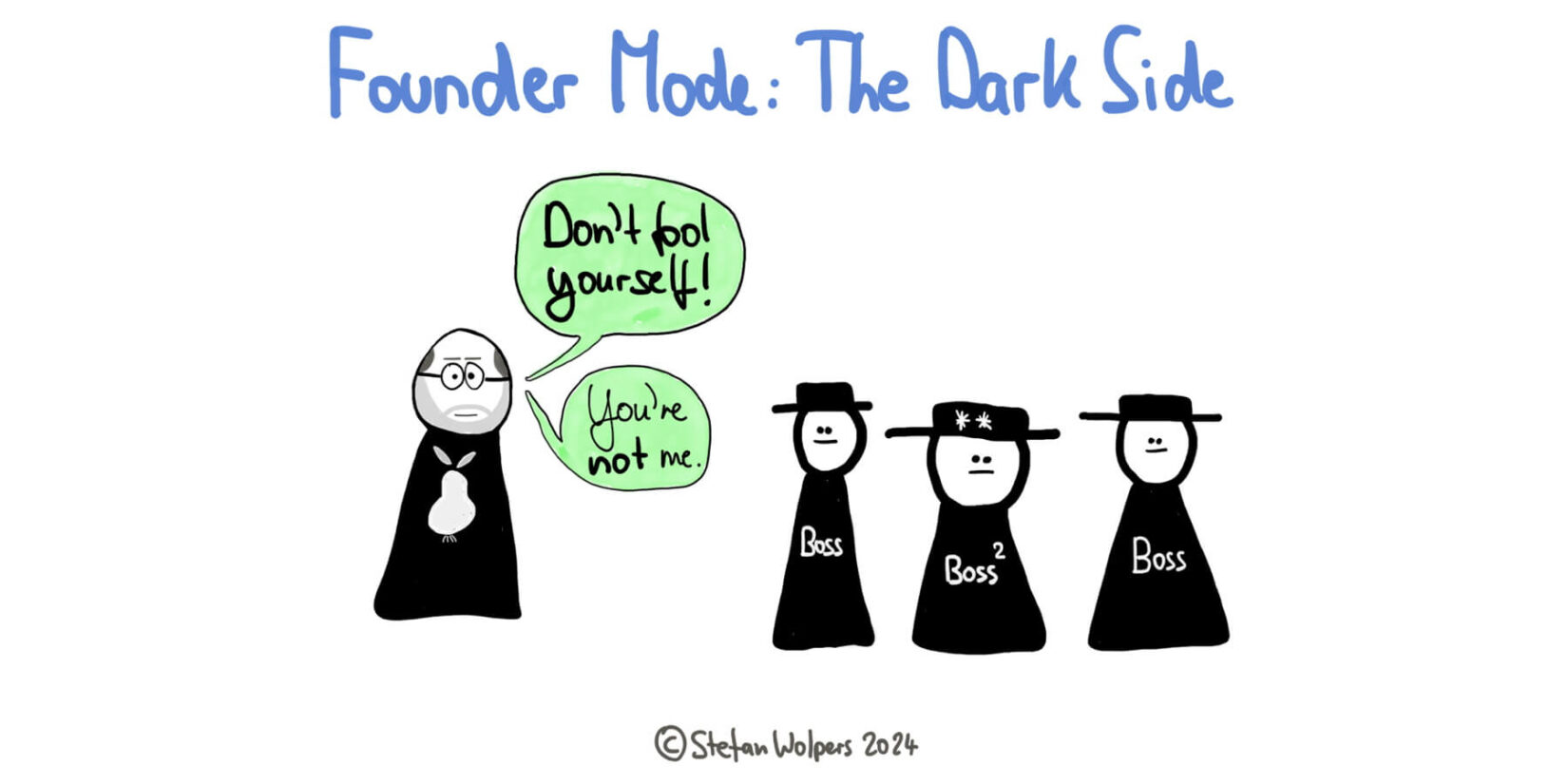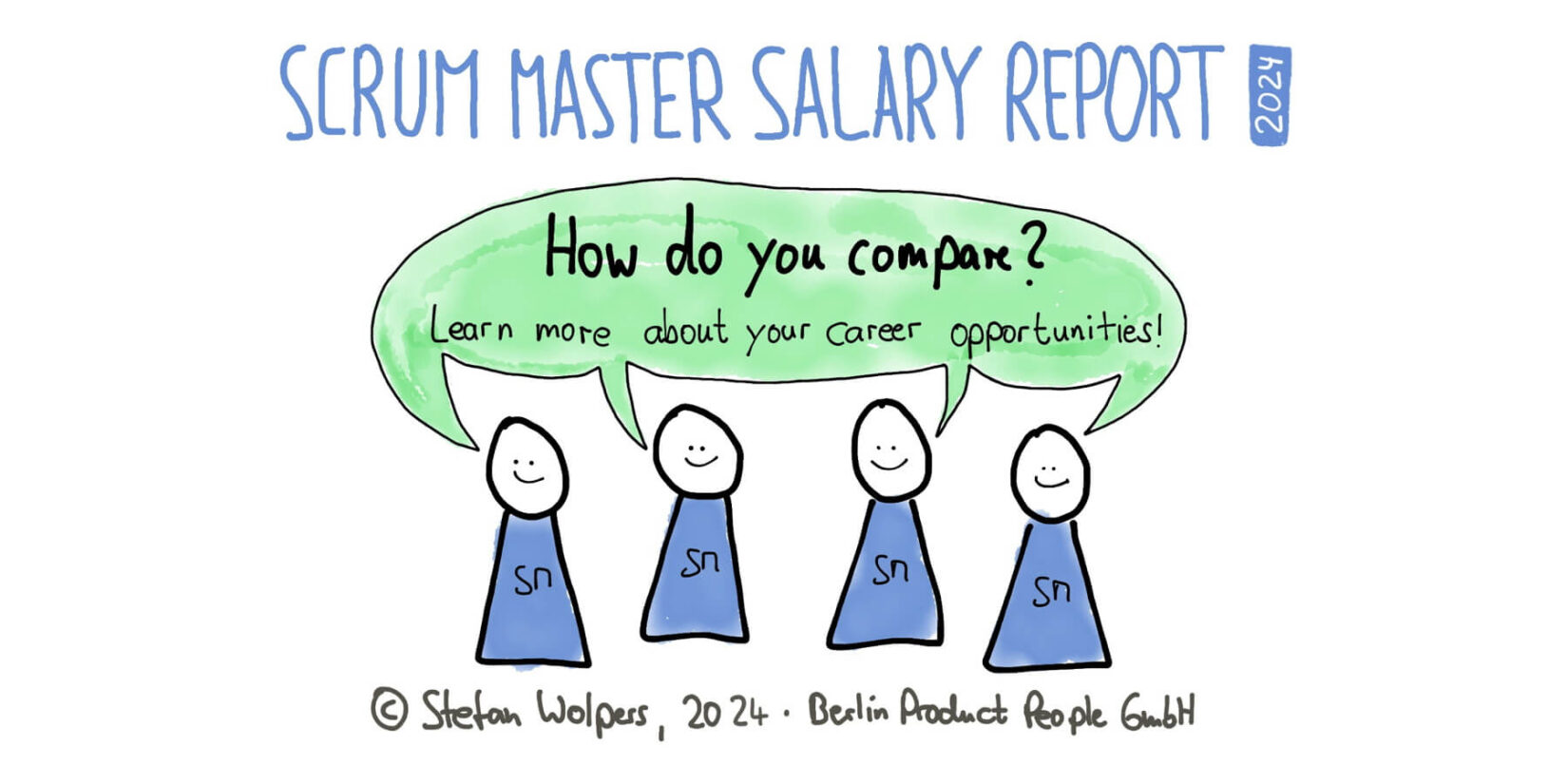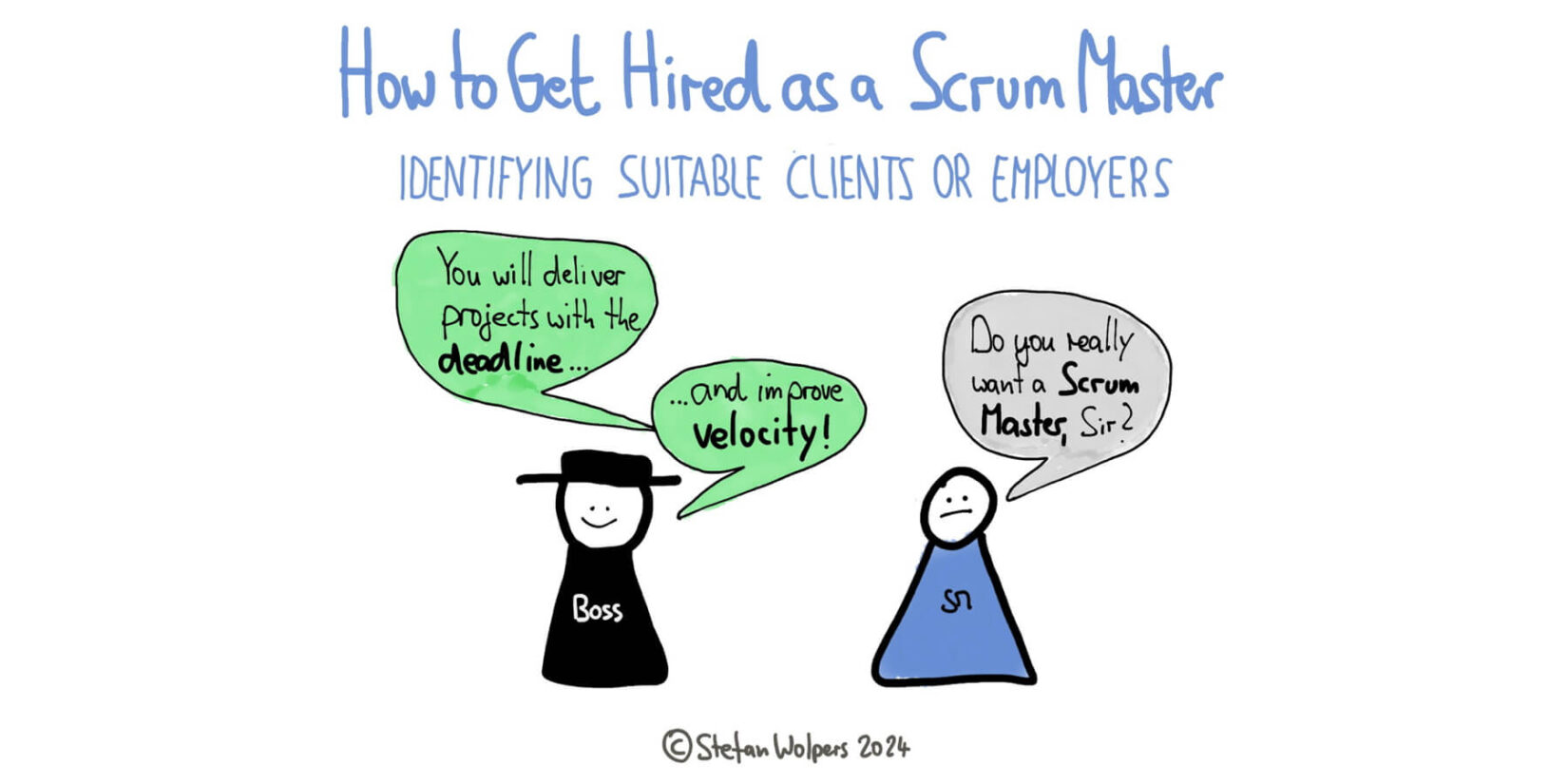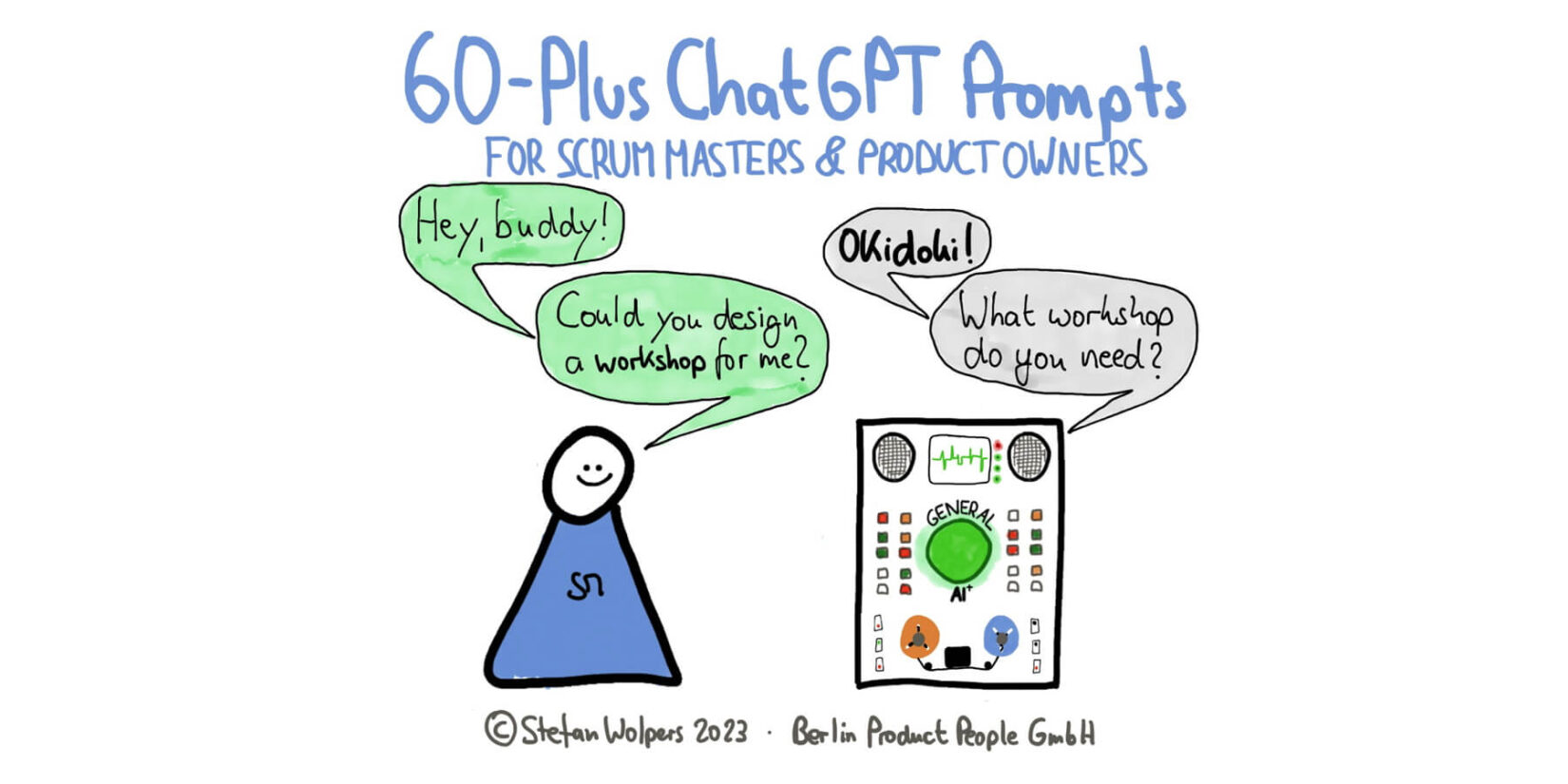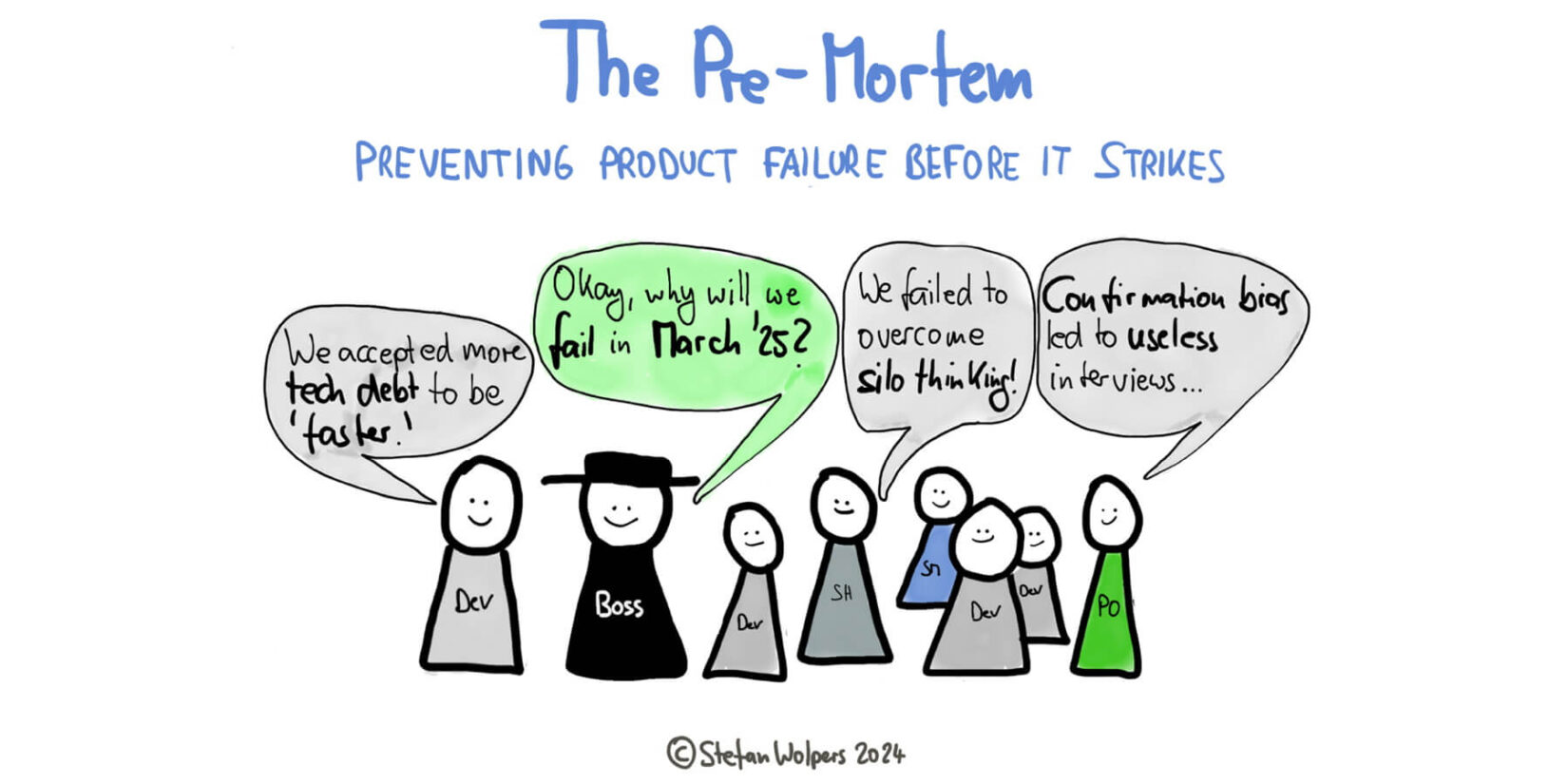TL; DR: Engineers in Customer Support — Food for Agile Thought #458
Welcome to the 458th edition of the Food for Agile Thought newsletter, shared with 42,762 peers. This week, Ian Vanagas advocates involving engineers in customer support to boost product quality through faster feedback and ownership. Maarten Dalmijn identifies six common pitfalls in using spikes in Agile, and Jamil Zaki warns that workplace cynicism diminishes success, while Joost Minnaar attributes Enterprise’s success to decentralization and a customer-centric approach. Lastly, Andy Cleff emphasizes the importance of leadership virtues—courage, resilience, alliances, gratitude, and vulnerability—in driving continuous improvement and change.
Next, Gregor Ojstersek and Robert Ta provide engineers with strategies to convince Product Managers to prioritize technical debt by aligning it with business goals. Aakash Gupta and Jason Knight shed light on the complexities of B2B product management, stressing the need for PMs to balance revenue-driven features and broader strategic influence, and Aatir Abdul Rauf identifies 15 crucial mistakes to avoid during product launches. Moreover, Yuri Berchenko offers guidance on optimizing subscription product pricing through regular adjustments and customer segmentation.
Lastly, Domenic Edwards presents a detailed list of essential Product Manager tasks, adaptable to any organization’s needs. Dirk Lässig offers strategies for managing “evil dependencies” in software development, focusing on minimization, mitigation, and coordination, and Gustavo Razzetti explains how teams can rapidly build trust by fostering transparency and clarity. Also, Mario Caropreso stresses the need to balance operational excellence with project delivery. Finally, Michael H. Goitein advocates shifting from a “waiter” mindset to a “doctor” approach in product development, emphasizing user-focused continuous discovery.
